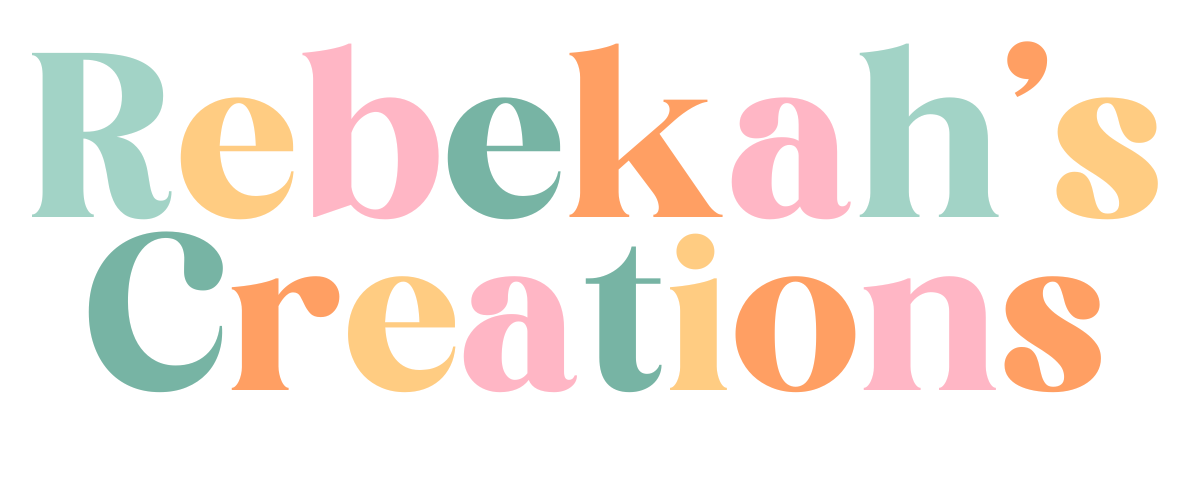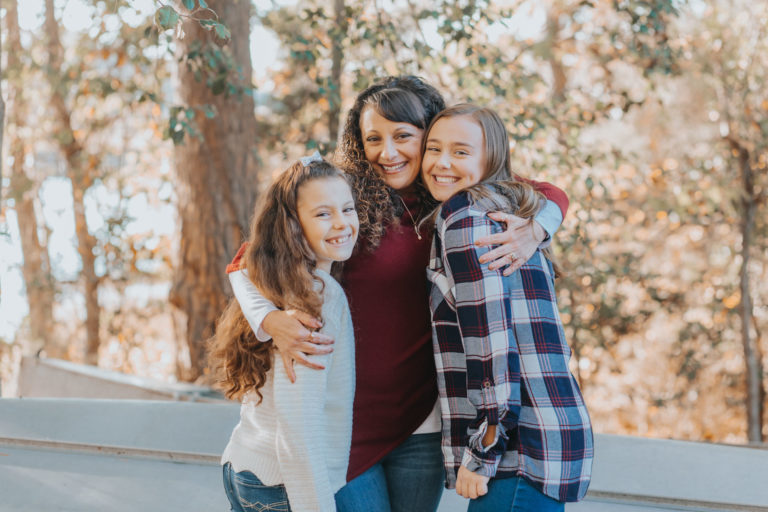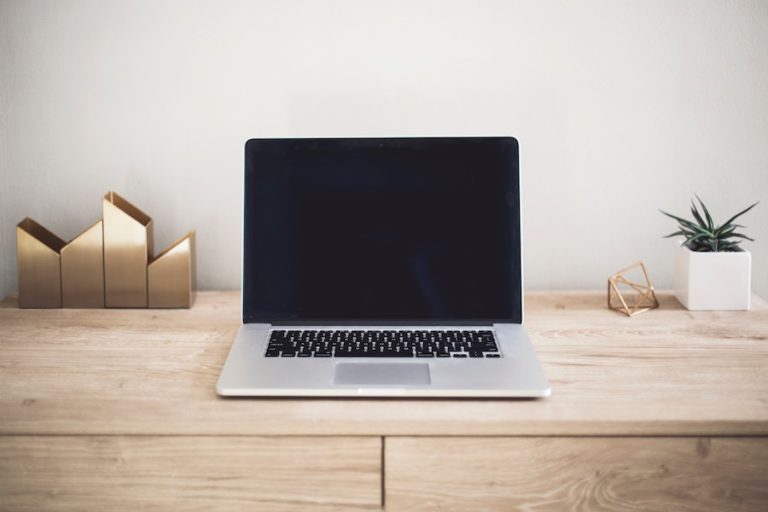So you just finished your killer session and you can’t wait to start editing. Below is a walk-thru of how I store, cull, catalogue, edit and export my images Let me start this post off by establishing a few things.
I use Lightroom for 90% of my editing. Sometimes I use Presets and other times I do free-style editing, whatever feels best.
I am by no means an expert, and if something else works for you, GREAT!

Now that I have all that out of the way and if you are still with me, let’s carry on!
So you just finished your killer session and you can’t wait to start editing. Below is a walk-thru of how I store, cull, catalogue, edit and export my images.
To sum up Lightroom as a system and tool, I have to use the quote from Sean Molin, on Fstoppers, “Lightroom is a fully non-destructive import-to-export database-driven ecosystem that covers ingestion, culling, key-wording, folder organization, presets, plugins, batch editing, and export.
The fastest way I have found to transfer images from a camera format to your computer to work on, is directly thru a card reader port on your system or a usb adapter with card slots. The wifi to system is cool and all, but slow, and the cord to computer can be as well. So I start by creating a folder on my desktop.
Step #2 : Moving Images
I title this with the couple’s initials, or family last names/last initial, location, and then full date.
EX { H Family | Suffolk VA | 10202014 }
This quickly gives me three ways to search for this folder when I go to store it or if I have multiple sessions to import at the same time. If you prefer a different method, then share it with me, I love feedback and other ideas.
Then I make a folder under that titled {RAW}, and move all the files from my card to that folder on my computer. This could take a bit depending on your RAM, card type and storage size. Once that is done, I will make a copy of the whole file set to my external hard drive, filtered under the folder set of RH Photography > 2017 Session > {Insert Folder Here}. That gives me a back up to work from if something happens. I also upload the file set to my cloud storage to have a duplicate backup, but it is only there for 3 months or until I have edited and uploaded the images to my client and they have approved and downloaded/ordered them.
From there, I launch Lightroom. I know a lot of people can offer alternative ways of culling, that’s great but this works best for me. I spend my whole workflow mainly in Lightroom and it is fast for what I need to do.
The import screen give a couple of options, and here is what I set mine to do. On import, I apply a copyright meta-data preset to add my full information and copyright info directly to each file. You can do a basic copyright on the camera itself, but with Lightroom you can add so much more info all at once. I always do smart previews, so I can edit even if the original images are gone or moved. I also create a catalogue folder with the same naming as the folder on the desktop, but start with the date first. Next, I set my keywords for searching, such as names, location, session type, key features of session, and basically anything that I could search later to get a grouping of like sessions. From there I say add to catalogue and wait for the images to import.
Culling is a term for sorting images into a tiered system of (for me) love, good, and nope. I use the library module in Lightroom, and remove the side panels. Then I set the vie mode of the center panel to one image and press caps-lock on my keyboard. Then the magic starts.
Some of you maybe asking, what does caps-lock do, and that is a great key command to know in Lightroom. When this key is depressed, it allows you to cull with a single keystroke and move to the next image without any additional prompting. From there I rank my images by pressing 1-3 on my keypad or X.
To take a moment and explain what they key commands mean. It is like a shortcut built into a program that speeds up your workflow.
Pressing 1-5 on the keyboard will rank your images on a scale of 1-5 stars that you can then sort by. I use 1-3 because 4 or 5 seem like too many options. You can look up the other options like color coding and flagging, but I like to keep it simple.
Pressing X will reject any image, like a temporary note to delete. You can actually delete all rejected images from a set with a simple option in Lightroom, hence why I use this feature. This I use for duplicate shots I don’t need, bad shots, oes that are out of focus or test shots not meant to be used.
Once I have my star ranked images, I will delete the rejected images in Lightroom { Photo > Delete Rejected Photos…}.
Then it is a simple matter of just jumping to the develop module, and selecting the Filter >/= 1 star option and you are in editing business!
Now there are a lot of options for editing in Lightroom, and it can feel overwhelming. I have a lot of Film Style Presets that I love and use a lot. I also have a few that I have tweaked and made my own {you can save your own presets in Lightroom!}. I also do some sessions with just hand edits, or doing a custom look without a predetermined end result and just worked with the sliders and options on the right panel.
Three things I will always do when I start, however, are:
- Lens Corrections! It may not seem like a lot, but it can made a huge impact on an image.
- Sharpen and Noise Reduction – this you can do to personal taste and image needs.
- Straighten!!!!! I can not stress this enough, please straighten your images, always!
So from there I see where the feel of the session takes me, and edit accordingly. I also use my gradient, radial and brush mash effects to enhance and layer edits over an image. Similar to layer masks in PS. I have ones preset for skin retouch work, under-eye bags, wrinkles, sunburns, eye sharpening, you name it and I have it. The masked brush tool is such a life saver for me.
I also need to add that I have a drawing tablet that I got off Amazon for like 40$ that I use for these detail edits to save my wrist. I can talk to you more in depth at a later time about my budget gear for photography. It is also perfect for clone/healing fixes and retouching and processing in PS.
If I have a few edits types in mind for a session, you can make virtual screen shots of each one, to toggle between – non destructive edits for the win! Just use key command CMD + N or CRTL + N or Develop > New Snapshot.
Also a nifty trick I use all the time is a Virtual duplicate, so I can have a side-by-side color and BW edit when I export, instead of doing a color edit, then export and then redo the edit into BW and re-export.
Another editing trick that saves my butt sometimes is the right click and edit in… option. Lightroom is a more user friendly and pretty version of PS’ Camera Raw tool. That being said, You can pull a LR file into PS with all the edits intact, edit what you need to in PS and then CMD + S or CTRL + S, and it will save the edits back into your LR workflow as a virtual copy! So much times saved, right?!
Once I have all my editing done, and am happy with my work, it is time to export!
There are sometimes too many overwhelming options with the Export feature in Lightroom. My method is fast and easy to work with. Simply select all the images you have edited and want to export to finished files. Right click and say Export… , this method will give you the most options, but also the most control of your end result.
Start by selecting your base folder on the desktop as the save to folder, and check the box labeled, Put in Sub Folder. I title this LR Edited or Edited. Then move onto file-rename. I rename and number my files after I edit, since I don’t want gaps in my numbers. OCD much I know.
I use the same naming as the base file for the file name, but with underscores to divide the letters/words up. You can select, Rename to: Custom Settings and type this all in, and add the desired file sequence renumber method. Then click okay, and set the sequence start number, which I leave at 1.
EX { H_Family_Suffolk_VA_10202014_{insert Sequence # (001)}
For file settings, I do Image format JPEG for digital gallery and then set the quality to 100, with color space to sRBG and NEVER check limit file size.
Moving on to Image Sizing, I set resolution to 300 for my high res images, you can do a lower dpi for web, but that can be a later post.
The Output Sharpening, I set to Matte Paper, Standard because that is the paper I use with the professional labs.
You can quickly apply your watermark to the images here as well, I have another method, that will be a later post. Then lastly with post=processing, I select Show in Finder (Yes, I work on a Mac) to pull up the folder of images once export is done.
Whala! My workflow for edits and export.
I will do additional posts about galleries, watermarking for branding and facebook/instagram posting at a later date if people would like to know more about my method.
Please feel free to send me feedback and tips of your own, I love hearing from you guys! This is just how I edit and if you have something else that works, great! I hope this helped some people out, and stay tuned for some more posts coming soon.





